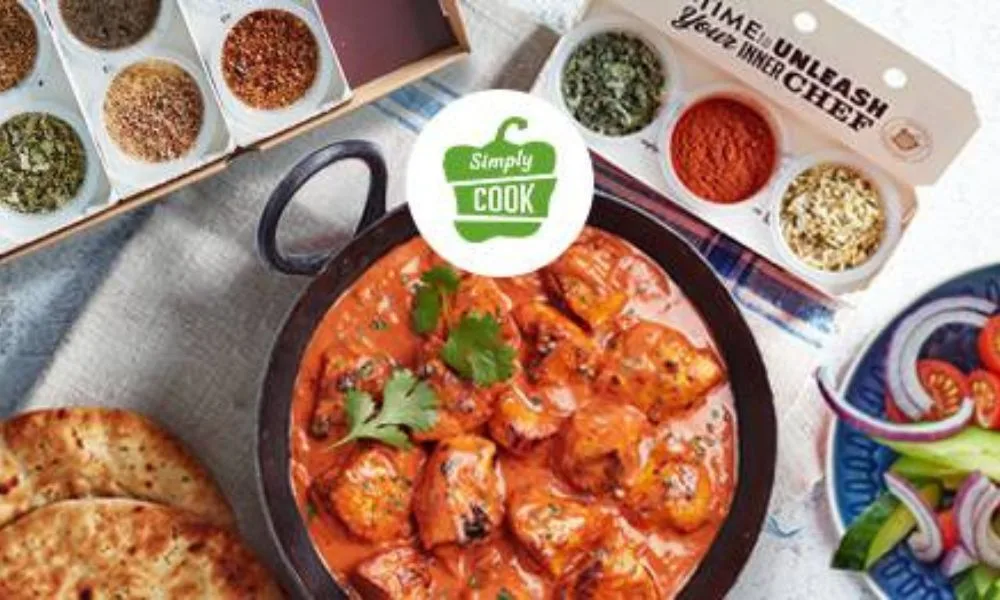By Lee Metters, Retail Client Partner at Awin
Demand for brand partnerships has soared over the past year, with an increasing number of both household names and lesser-known brands making it a priority channel to market. We’re seeing an increasing focus on this performance marketing model for brands looking to reach new customers through partner campaigns, or to monetise their existing audience. Using detailed audience demographics, we’re able to match-make brands depending on the type of customer they’re looking to reach.
On the Awin platform alone, we’ve seen a significant influx of brand partnership activity, with 250 partnerships facilitated already this year, equating to 50,000 sales and £600,000 in customer spend. Yet, with brand partnerships by no means a new concept, it begs the question, why is it that we’re seeing an influx of brands taking their performance marketing strategies in this direction now?
Challenged customer loyalty is undoubtedly a contributing factor. As the pandemic drove more brands and retailers online, consumers have more access and choice than ever before. According to McKinsey, 36% of consumers shopped with a new brand through 2020. Not only do partnerships allow brands to be promoted to the other’s audience and gain new customers, they can also enhance the buying experience and increase loyalty for existing customers.
This was something that sports nutrition brand, Myprotein, was able to achieve through its partnership with subscription recipe service, SimplyCook. Myprotein was looking to enhance its loyalty offering and provide customers with purchase rewards through exclusive retailer discounts while monetising its onsite inventory and its 8.6 million+ visitors to the website each month. Awin’s brand partnership team identified SimplyCook as a brand with strong synergy and complimentary customer demographics – those with health and fitness as a core value.
To capture the interest of Myprotein shoppers and convert them into their own prospect customers, SimplyCook provided Myprotein with a free trial recipe box subscription with just a £1 postage fee, which could be redeemed as a part of the checkout process on Myprotein’s website. Interestingly, 32% of Myprotein shoppers that selected the free trial at checkout were new customers. The campaign resulted in 56,000 customer referrals, with a conversion rate of 26.39%, generating over £150,000 in commission payments for Myprotein.
A key, and perhaps one of the main driving reasons, for the increase in brand partnerships is the ability to overcome challenges ahead of Google’s third-party cookie tracking phase out; and as consumers become increasingly aware of protecting their personal data and consent. This will undoubtedly make it more difficult for brands to track digital user journeys, but brand partnerships circumvent this by enabling the use of first-party data. The value exchange created by offering vouchers, discount codes, or another type of reward, gives the brand being advertised the means and mechanism to collect first-party data from the promoting brand’s customers. This visibility and performance reporting was a key consideration for Myprotein.
The challenge with facilitating direct partnerships is that brands can often only see one half of the journey. A brand directing customers to another sales channel will only see the number of directs sent and will be relying on the other brand to close the loop with the number of redemptions. Plus, they’re likely to be using different data sources, so stitching it together can be messy. Doing this through a platform with accurate tracking capabilities allows both partners to see the journey analytics from a single source of truth.
In the case of the Myprotein and SimplyCook partnership, for example, Myprotein customers were offered the recipe box trial at checkout. After completing their purchase, customers received an email notification inviting them to redeem their free trial via the SimplyCook website, where they entered their details. Embedded into the redemption email was an Awin tracking link, enabling Myprotein to earn commission on all successful trial redemptions, while ensuring both brands had full visibility over the campaign performance.
Another key driver for the rise in brand partnerships is the sharp increase in digital marketing acquisition in paid search costs: on average, Google Ads costs experienced a 15%-25% rise in 2021 and are predicted to increase by 20%-40% in 2022. While it’s undoubtedly becoming more expensive to acquire new customers in this way, brand partnerships in comparison use a payment on performance model; the commission is only paid if the reward is redeemed.
As the cookie tracking phase out looms and customer acquisition costs continue to soar, it’s likely that the transparency and ‘risk-free’ nature of brand partnerships will continue to drive this upwards trajectory. But, as partnerships become more prevalent and brand affinity only becomes more important to customers, the most authentic matches will be the most likely to thrive.








